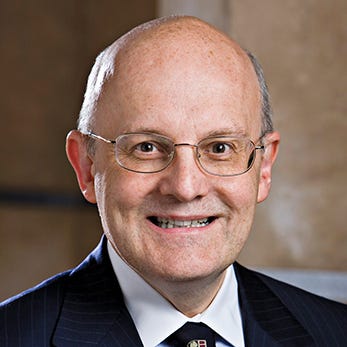
The Tax Cuts and Jobs Act of 2017 (P.L. 115-97) (the Act) imposes an excise tax of 1.4 percent on the net investment income (NII) of the richest private colleges and universities in the United States for tax years beginning after Dec. 31, 2017.1
Let’s review how the excise tax works, as well as the likely response to it from impacted institutions and donors, and assess it as the harbinger of more comprehensive taxation on publicly supported nonprofits.
Expansion of The NII Tax
The tax. Prior to the Act, only private nonoperating private foundations (PFs) paid an excise tax of either 2 or 1 percent.2 The 2 percent tax is reduced to 1 percent for any year distributions exceed the average historical levels of its charitable distributions grea...
Unlock All Access Premium Subscription
Get Trusts & Estates articles, digital editions, and an optional print subscription. Choose your subscription now and dive into expert insights today!
Already Subscribed?








